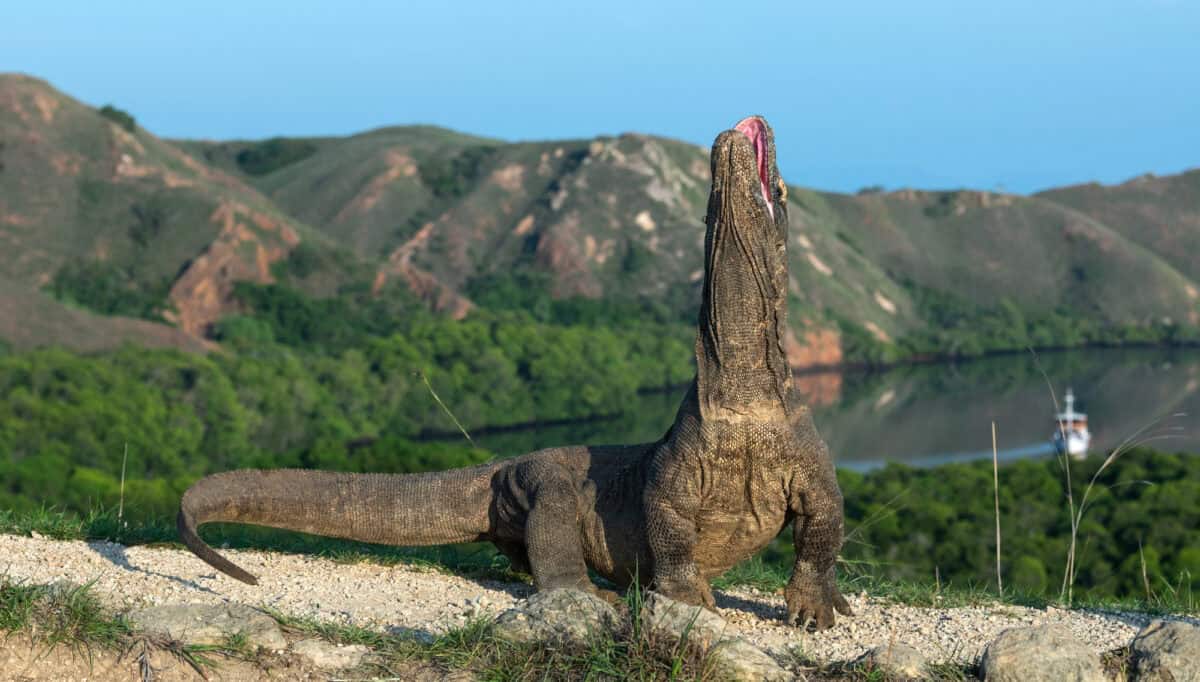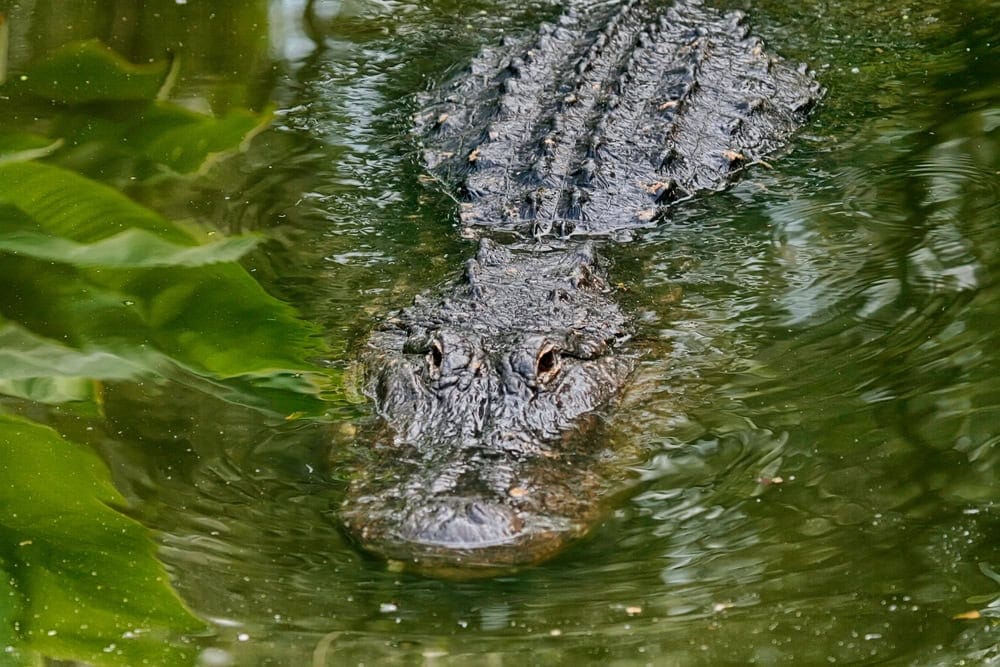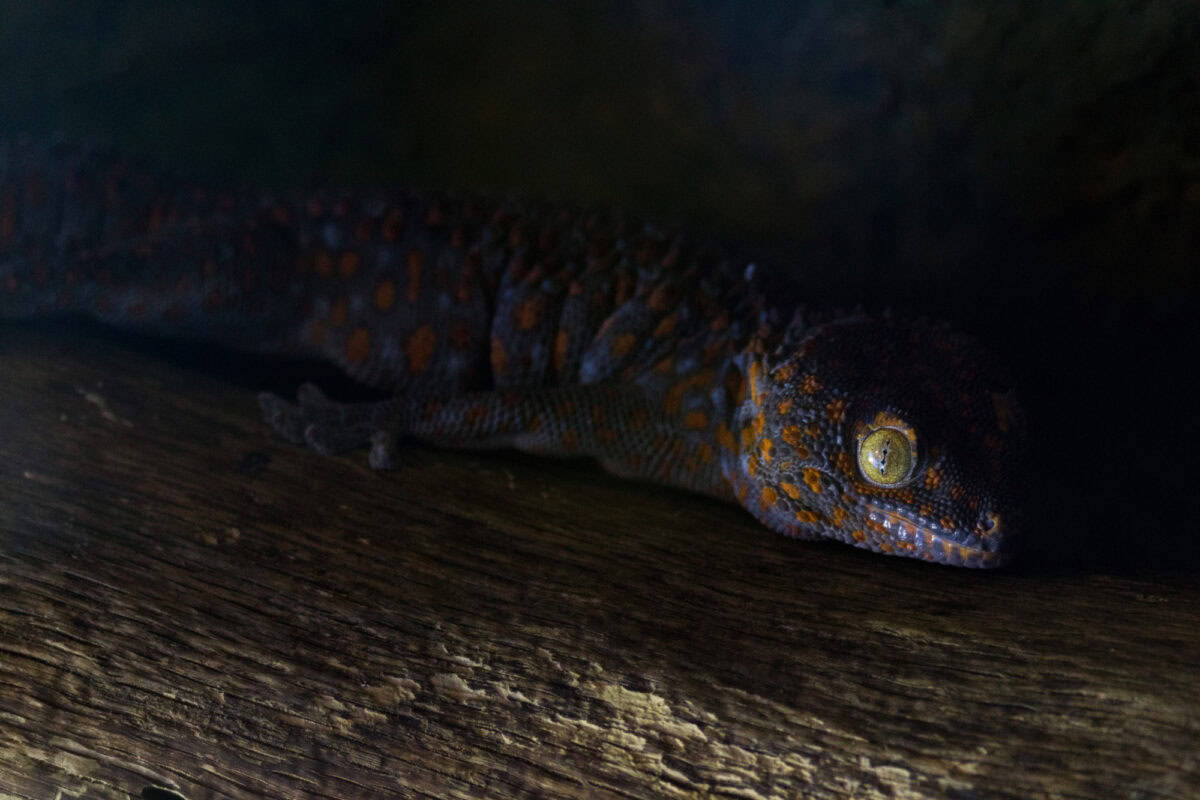Cold-blooded animals, or ectotherms, include a variety of species such as reptiles, amphibians, and fish, which differ significantly from warm-blooded animals in how they regulate their body temperature. Unlike endotherms, which can generate heat internally, ectotherms depend heavily on their environment to maintain their body temperature. Consequently, temperature extremes can have profound effects on their activity levels, behavior, and overall survival. In this article, we explore how these extremes shape the lives of cold-blooded animals, highlighting the delicate balance they maintain with their surroundings.
The Basics of Cold-Blooded Metabolism

Cold-blooded animals harness the ambient heat around them to regulate their body temperature. This means that their metabolic rate is largely governed by external temperatures. In warm periods, their metabolism can accelerate, making them more active, whereas in cooler conditions, their metabolism slows down, leading to decreased activity.
Impact of High Temperatures

During periods of high temperatures, cold-blooded animals can become exceedingly active, often increasing their rates of feeding and movement. However, excessively high temperatures can lead to overheating and stress, which can sometimes be fatal. Heatwaves, therefore, present a significant challenge, pushing the physiological limits of these animals.
Behavioral Adaptations to Heat

To cope with high temperatures, many cold-blooded species have developed behavioral adaptations such as seeking shade, burrowing into cooler ground, and becoming nocturnal to avoid the midday heat. These strategies help them avoid the detrimental effects of overheating while maximizing periods of optimal temperatures for activity.
Cold Temperatures and Dormancy

In cold environments, many ectotherms enter a state of dormancy or hibernation as a survival strategy. This allows them to conserve energy when food is scarce and temperatures are too low to support normal metabolic functions. Dormancy can vary from brief pauses in activity during cooler nights to extensive hibernation periods during winter months.
Thermoregulation Strategies

Ectotherms utilize numerous strategies for thermoregulation. Basking in the sun, altering body color to absorb more heat, and even changing their posture are common methods to increase body temperature. Conversely, to cool down, they might seek water bodies or underground retreats to escape the heat.
Influence on Reproduction

Temperature extremes can profoundly impact the reproduction of cold-blooded animals. For instance, some reptiles have temperature-dependent sex determination, where the incubation temperature of eggs dictates the sex of the offspring. Temperature fluctuations can therefore skew sex ratios and affect population dynamics.
Effects on Growth and Development

Temperature not only affects the activity but also the growth and development of cold-blooded animals. In general, higher temperatures can lead to faster growth rates and shorter developmental periods. However, if temperatures are too extreme, they may impede growth, cause developmental abnormalities, or increase mortality rates.
Ectotherms in Adaptable Habitats

Cold-blooded animals living in environments with moderate temperatures year-round may experience fewer disturbances to their activity levels. These stable habitats can support more predictable patterns of behavior and growth compared to regions with drastic temperature changes.
Climate Change Challenges

With the ongoing effects of climate change, cold-blooded animals are increasingly facing temperature extremes. Shifting climate patterns can alter habitats, disrupt migration routes, and even lead to species extinction if they cannot adapt or migrate to new environments quickly enough.
Conservation Efforts

Efforts to conserve cold-blooded species often focus on protecting habitats and creating microhabitats that offer refuge from temperature extremes. Conservation strategies can include implementing shade structures, increasing water bodies, and preventing habitat fragmentation to allow for natural thermoregulation behavior.
Human Impacts on Temperature Regulation

Urbanization and deforestation can exacerbate temperature extremes, impacting the habitats of cold-blooded animals. Loss of vegetation can lead to increased exposure to heat, while urban heat islands can result in higher local temperatures. Conservationists advocate for urban planning and conservation practices that reduce such impacts.
Potential for Adaptation

Despite the challenges posed by temperature extremes, many cold-blooded animals exhibit remarkable adaptability. Through evolutionary processes, some species may develop greater thermal tolerances or altered behaviors to better cope with their changing environments. Observing these adaptations can provide insights into the resilience of life in the face of climate change.
Conclusion

The life of cold-blooded animals is intricately tied to the temperature of their environments. While they exhibit a variety of adaptations to handle temperature extremes, the escalating impact of climate change poses a growing threat. Understanding the dynamics of their interactions with the environment can guide conservation efforts, ensuring that these resilient creatures continue to thrive despite fluctuating climates.
- 12 US States Where Wolves Are Making a Comeback - August 13, 2025
- 10 Most Dangerous Hiking Trails in the US - August 13, 2025
- 12 Creatures That Glow in the Dark and Why It Helps Them Survive - August 13, 2025

